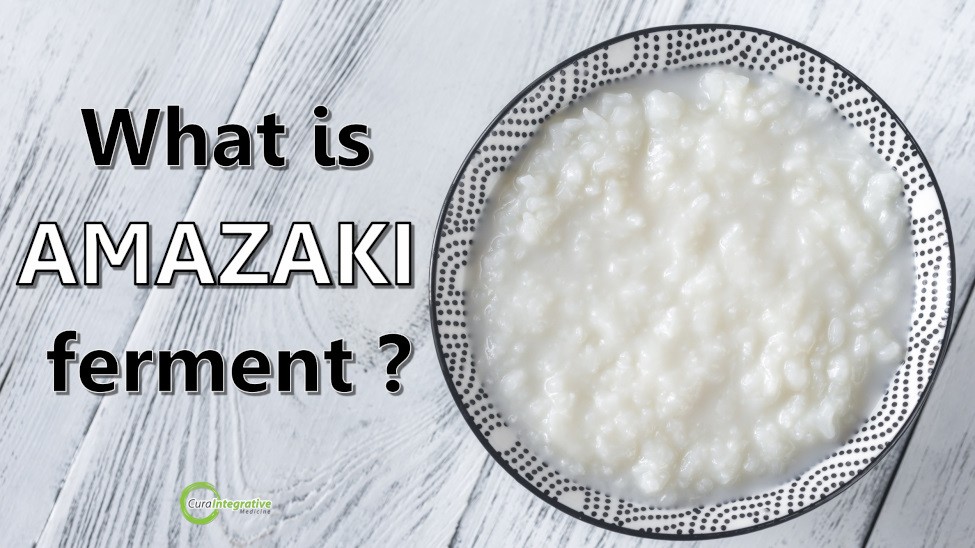Koji is a less known superfood found in a variety of macrobiotic foods. Containing Aspergillus oryzae, koji is used to make foods such as miso, amazaki and tamari. Read More…

Iridology Demystified: How Reading Your Iris Could Change Your Health
Posted 3 Jul '23
Iridology is an intriguing theory that offers a unique perspective on the assessment of one's health. By delving into the intricate changes
that occur in the iris and pupil of the eye, this approach aims to reveal potential health issues.
Eyes have always been captivatingly dubbed the "windows of the soul," but the profound truth behind this notion often eludes many.
Remarkably, the meticulous examination of one's iris structure and pigmentation unveils a treasure trove of information about you,
surpassing the capabilities of other investigative techniques such as orthodox blood tests.
The crux of iridology lies in the belief that every organ in the human body corresponds to a distinct region in the iris, much like
reflexology relating to body parts. As soon as acute or chronic illness strikes, alterations become apparent in that specific section of the
eye, informing us of potential future health problems lurking within our bodies.
How Does the Iris Reveal Health Information?
Iridologists over the centuries have divided the iris into around 50-100 distinctive zones, each delicately interconnected with
different parts of the human body.
Uniquely, the left eye mirrors the left half of our being, while the right eye reflects the right half. Within this extraordinary realm,
iridologists firmly believe that the intricate details captured within the iris unveil the ever-shifting landscape of our tissues. For
instance, a mesmerising spot nestled in the lower right section of the left iris may signal an underlying concern with the spleen,
shoulder, armpit, or even the remarkable pancreas. Historic iridology charts mark out the location of corresponding body parts and
variations in colours and structure represent the severity of the internal tissue.

Iridology Foundational Principles
Iridology and iris reading has been built on four main principles, being firstly the nervous system and nerve structure, secondly the
blood flow and lymphatic system involvement, thirdly circulation and lastly nutrition.
Current laboratory testing procedures utilised in medical practice are often deemed unnecessary, costly, time-consuming, and potentially
discomforting for the patient. Iridology however provides a simple, painless, economical, and non-invasive way of examining the internal
health of the patient.
Iridology doesn't advocate for the exclusion of other analytical techniques but rather offers a complimentary tool.
What Are the Benefits of Iridology?
Iridology brings a refreshing perspective by holistically assessing the body, not just their symptoms. By delving into your personal vulnerabilities and historic reactive patterns, this holistic approach equips you to restore balance and potentially shield yourself against future illnesses.
Our bodies possess innate healing wisdom, waiting to be embraced. With iridology, you gain access to an accessible and cost-effective means of understanding and nurturing your body's well-being.
As individuals, we are all recipients of a unique blend of physical weaknesses. These characteristics can often be traced back to our family lineage, but have you ever wondered just how profoundly it influences who we are?
While some individuals may fiercely feel the impacts of diet and lifestyle choices on their well-being, others seem to defy these consequences and escape unscathed.
Delving deeper, one cannot help but ponder the profound influence of our mental and emotional state on our overall physical health. Inevitably, age takes its toll on us all, but have you ever considered how our resilience fades away at varying speeds, shaping our journey throughout life?
Want to see how iridology can help you make a holistic plan for your health?
Get in touch and make an appointment today.





